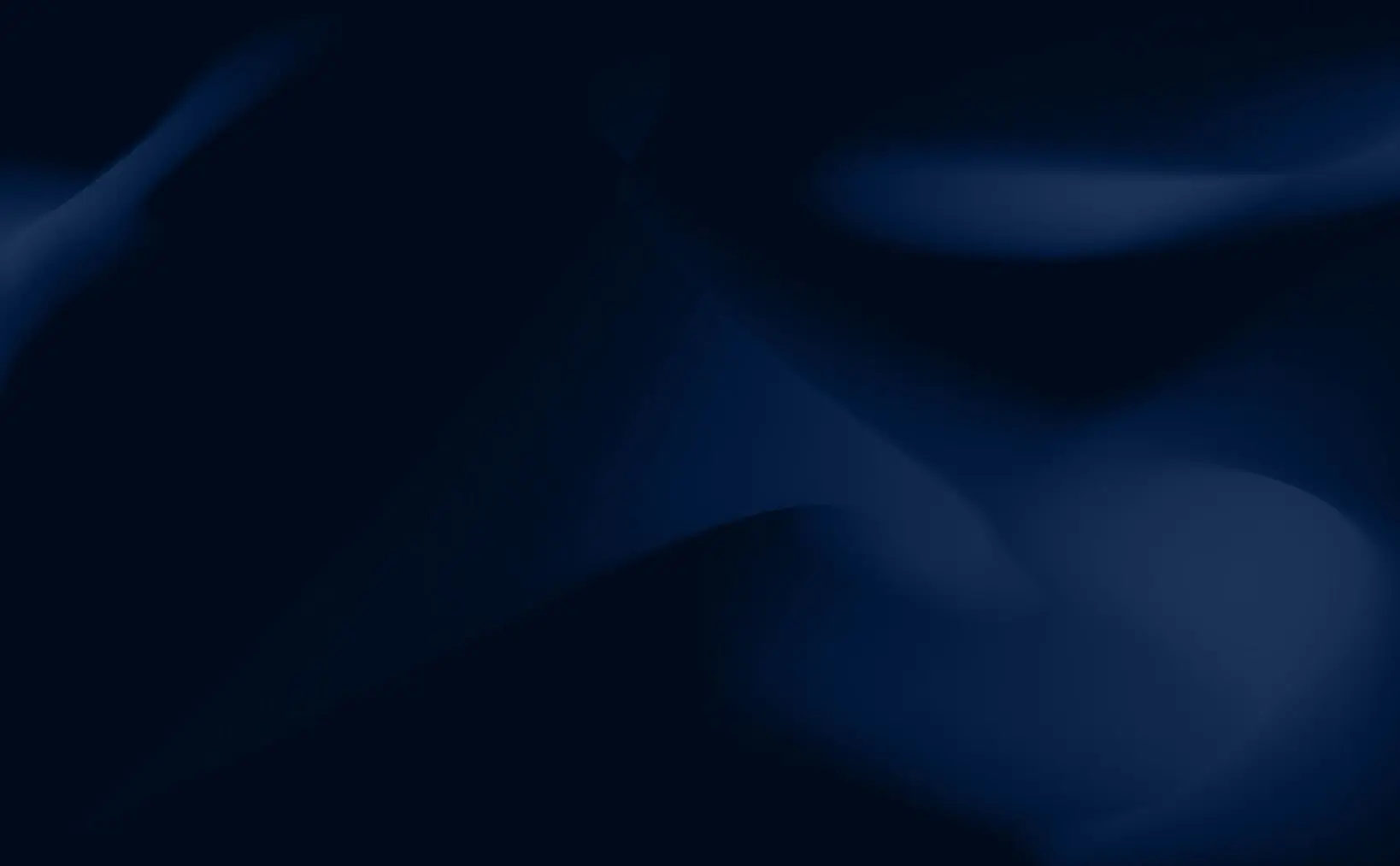
Build with Solazu AI-assisted Development Workflow
世界中の企業に選ばれ、信頼されています
AI開発エージェント
SolazuのAI開発エージェントは、エンジニアの強力なアシスタントです。
- レガシーシステムの理解を加速: 膨大なソースコードを正確かつ簡単に分析
- 必要な質問を提案: 要件や重要なポイントを正しく理解するためのサポート
- コード作成とレビューを効率化: 高品質なコードを自動生成し、迅速な開発とエラー削減を実現
開発時間とコストを40%以上削減
コーディング効率を大幅に向上、プロジェクトのスケジュール短縮、品質を保ちながらコスト削減
AI開発パフォーマンス監視エージェント
SolazuのAI開発パフォーマンス監視エージェントは、チームに以下を可能にする
- 個人とチームのパフォーマンスをリアルタイムでモニタリング: 生産性を高精度で把握
- 開発効率を詳しく分析: 非効率を特定し、改善点を発見
- ワークフローを最適化: データを活用してワークフローを最適化し、チーム間の協力を強化、プロジェクトを迅速に進める
貴社が重要な業務に集中できる環境を実現
繰り返し作業を自動化し、メンバーが価値ある業務に集中できるようサポートします。
AI同時通訳
SolazuのAI同時通訳は、次のような機能でコミュニケーションをサポートします。
- 瞬時の音声翻訳:話された言葉をすぐにテキストに変換し、さらに音声に戻します。スムーズで途切れのない会話を実現します。
- リアルタイムでの言語変換:言語の壁を超えて、グローバルチームとのコラボレーションをより速く、簡単にします。
- 文化や言語の違いを超えたコミュニケーション:異なる言語や文化背景を持つ人々とも、スムーズに意思疎通できる環境を提供します。
これにより、顧客体験が向上し、国際的な関係の維持が可能になります。言語や国境を越えて、より満足度の高い顧客サービスを実現します。
顧客体験と維持を向上させる
言語や国境を超えて、顧客満足度と幸せを高めるシームレスなコミュニケーションを提供。
なぜ私たちを選ぶべきか
こんなお悩みはありませんか?ぜひご相談ください。
01
繰り返し作業に時間を使いすぎていませんか?
面倒で時間がかかる作業が、ビジネス成長の妨げになっています。
02
人的ミスによるコストに悩んでいませんか?
避けられるミスが、時間やリソースを浪費し、顧客の信頼を損なっています。
03
増え続けるデータの管理に困っていませんか?
膨大な情報に圧倒され、実行可能な洞察を見つけることが難しくなっています。
サービス
データ活用ソリューション
データの力で、正確な意思決定をサポートし、問題解決を加速させ、新たなチャンスを生み出します。
AI活用ソリューション
Solazuと共に、生成AIの力を解き放ち、貴社にどんな価値を提供できるのかを実感してみましょう。
ビジネス最適化ソリューション
業務の効率化を進め、コスト削減とビジネスの生産性向上を実現します。
産業全体の革新を推進
テクノロジー
テクノロジー企業が成長し、効率的に運営できるよう支援します。AIやクラウドを活用して、イノベーションを促進し、スピーディーな成長を実現します。
小売・消費者向け
小売業の体験を革新し、効率的な運営と柔軟なITシステムで、顧客のニーズに応え、新たな成長機会を見つけます。
金融サービス
銀行やフィンテック企業に、安全で効率的なデータ解決策を提供し、顧客体験の向上や業務の効率化をサポートします。
医療・ライフサイエンス
医療分野での技術革新を支援し、患者ケアや業務の効率化を進め、より良い医療環境を作ります。
環境・持続可能性
企業様が環境保護と持続可能な未来を実現できるようサポートします。データ管理や規制対応を通じて、環境への責任を果たし、効果的な意思決定をサポートします。
支援実績
次のステップへよりスマートなソリューションへ
貴社の業務効率化、コスト削減、持続的な成長を実現する戦略をご提案します。今すぐ無料相談を予約し、Solazuの専門家と最適なソリューションを見つけましょう!
